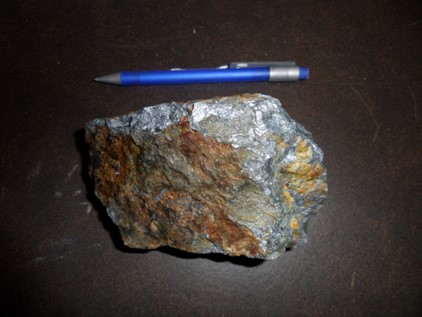As the global community intensifies its efforts towards a sustainable energy future, the significance of energy storage cannot be overstated. Batteries that are both efficient and cost-effective are central to these efforts, and antimony, a critical mineral, is emerging as a potential game-changer in this arena.
Antimony is a chemical element with the symbol Sb and atomic number 51. Recognized for its lustrous gray metalloid appearance, its primary natural form is the sulfide mineral known as stibnite (Sb2S3). This element has a rich history, dating back to ancient times where its compounds were employed in medicine and cosmetics. Today, China, with its vast Xikuangshan Mine in Hunan, dominates the antimony production landscape. From an industrial perspective, antimony plays a crucial role in alloys with lead and tin, improving their properties for varied applications like solders, bullets, and bearings. Additionally, it enhances lead-alloy plates in lead-acid batteries and is integral in the production of flame retardants and semiconductor devices.
MIT researchers have underscored the importance of cost in the quest for renewable energy storage on the grid. Their analysis indicates that to fully harness the potential of wind and solar energy, storage costs need to plummet to a mere $20 per kilowatt-hour. The liquid-metal battery, slated for deployment in 2024, is a potential solution to this challenge.
Donald Sadoway, professor emeritus at MIT, has been a pivotal figure in battery innovation, always emphasizing affordability. Among his inventions is the liquid metal battery, which incorporates molten metal electrodes and a molten salt electrolyte. Sadoway’s ambitions led to the creation of Ambri in 2010, a startup focused on commercializing this technology. Ambri’s current battery offerings fall in the price range of $180/kWh to $250/kWh. However, there’s an optimistic projection of this cost dropping to approximately $21/kWh by 2030. Furthermore, in a landmark collaboration with utility company Xcel Energy, Ambri aims to have a 300-kWh system operational in Aurora, Colorado, by the end of 2024.
One of the standout attributes of the liquid-metal battery is its competitive edge over lithium-ion batteries. Not only is it more affordable, but its design simplicity, superior chemistry, and impressive durability make it particularly appealing. As Sadoway notes, the battery’s non-flammable nature, resistance to capacity fade, and data suggesting an operational life of two decades retaining 95% of its capacity make it a formidable contender in the energy storage sector.
However, there are concerns. As Lara Smith, CEO of Molten Metals Corp. (CSE: MOLT) and a global authority on critical minerals through Core Consultants and a Critical Minerals Institute Director, articulates, the looming question is the source of antimony essential for these batteries. While Ambri’s intentions might be to source from Pepetua, the grades from this source might be inadequate to meet their ambitious plans. Smith’s interactions with the company and her insights into the antimony market suggest that a significant challenge lies ahead in aligning antimony supply with the projected demand from the likes of Ambri.
Further compounding this issue is the fact that antimony is among the fourteen minerals labeled as “critical” by governments across the USA, Canada, Australia, the UK, and Europe. This designation underscores the importance of these minerals in modern applications and the potential risks associated with their supply.
In conclusion, while the liquid-metal battery promises to revolutionize the energy storage landscape, its future is inextricably linked to the antimony supply chain. It’s an exciting juncture where innovation meets real-world challenges, and the solutions we devise will determine the trajectory of sustainable energy for the coming decades.




Leave a Reply